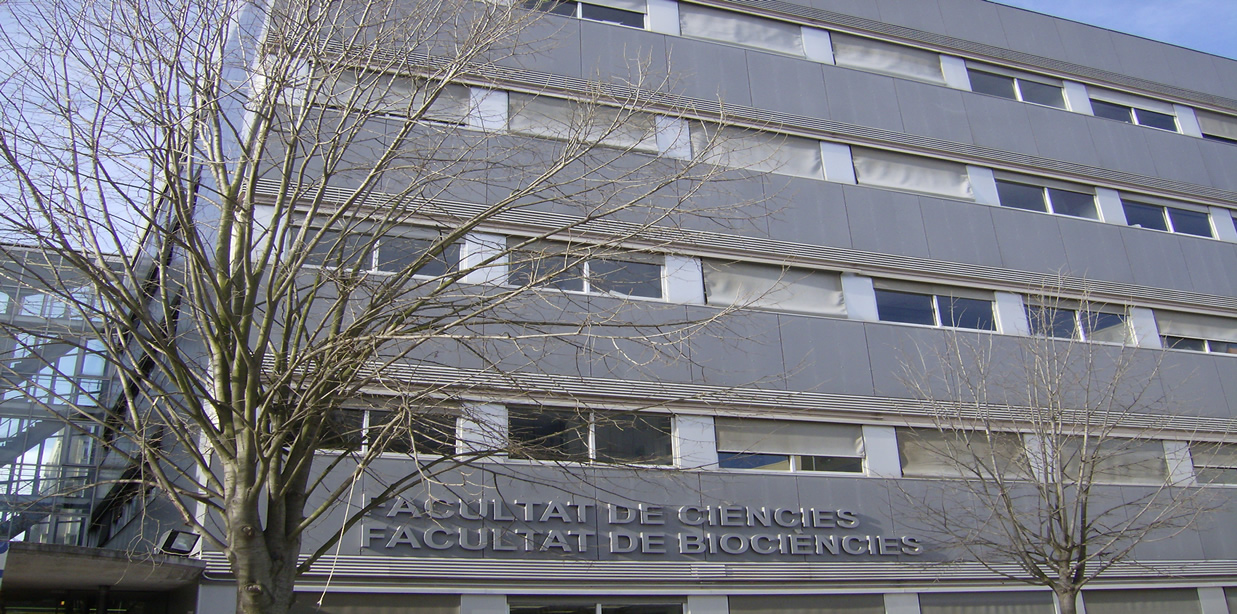
Welcome to web site of chemometrics group of Universitat Autònoma de Barcelona.
Our major research interest is focused on molecular analytical spectrometry, including UV/VIS, FTIR, NIR, circular dichroism and molecular fluorescence. Topics under study in this group are the application of these techniques to the development of rapid methods for analytical control in several industrial fields (textiles, leather, electroplating, etc.) with special attention to pharmaceutical analysis by NIR applying multivariate calibration techniques. Other topics are the use of multivariate techniques to multicomponent resolution by kinetic measurements and chiral determination by capillary electrophoresis and circular dichroism. In the present time the group also is researching about Ion Mobility Spectrometry (IMS) and Near Infrared Chemical Image (NIRCI).
Some words about Near-infrared spectroscopy
Although the near-infrared (NIR) was the first non-visible region discovered in the absorption spectrum (by Herschel in 1800) analytical chemists made little use of it until the 1950s. A review published in 1960 that reported a comprehensive compilation of band assignments to different functional groups included only about 40 references to analytical applications of the NIR region; this prompted Wetzel’s comment that NIR spectroscopy was ‘a sleeper among spectroscopic techniques’. However, analytical applications of the NIR technique have grown dramatically in number since the 1980s, so much so that a review of the topic was published in 1994 under the suggestive title ‘Near-Infrared Spectroscopy. The Giant is Running Strong’.6 Over the last 25 years, NIR spectroscopy has been increasingly used as an analytical tool, particularly by the food and agricultural industries, but also, to some extent, by the textile and polymer industries. Reported applications have been the subject of a number of reviews and books. Applications to process control have also been developed over this period. Although most of the ensuing analytical methods use some chemometric technique to correlate spectral data with physical or chemical properties of the samples, there are also recent uses of NIR for identifying impurities and elucidating structures from band assignments in addition to the earliest reported applications.
The growing interest aroused by NIR spectroscopy in the industrial sector is probably a direct result of its two major advantages as an analytical tool for quality control. Thus, the low molar absorptivity of NIR bands permits operation in the reflectance mode and hence recording of spectra of solid samples with minimal or no pre-treatment, thereby substantially increasing the throughput. Also, the dual dependence of the analytical signal on the physical and chemical nature of the sample facilitates both its identification and the determination of physical and chemical parameters.
Despite the initial reluctance, NIR spectroscopy has aroused great interest in the last few years as a result of both instrumental breakthroughs (e.g., improved detectors, the development of fast-scan and Fourier transform instruments to replace filter instruments, the widespread use of fibre-optic probes and instruments for recording spectra of individual tablets, which minimize or avoid sample pre-treatment) and the incorporation into equipment-bundled software of mathematical procedures for processing NIR spectra—a review of chemometric methods for NIR spectroscopy has been published by Mark. In addition, the dependence of the NIR signal on both the chemical composition and some physical properties of the sample, which was formerly considered a hindrance, permits not only the identification of compounds but also the total characterization of samples and the determination of nonchemical parameters with precision comparable to that of conventional methodologies, all due to powerful mathematical treatments for complex signals.

